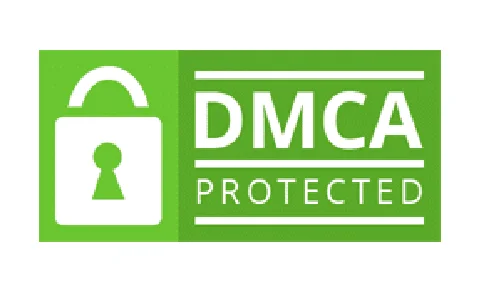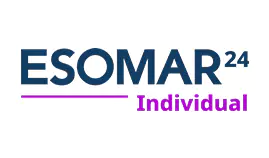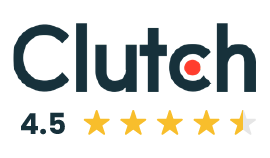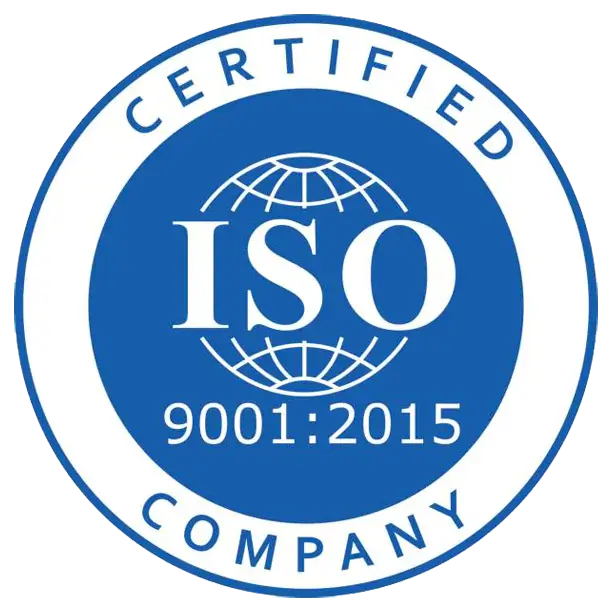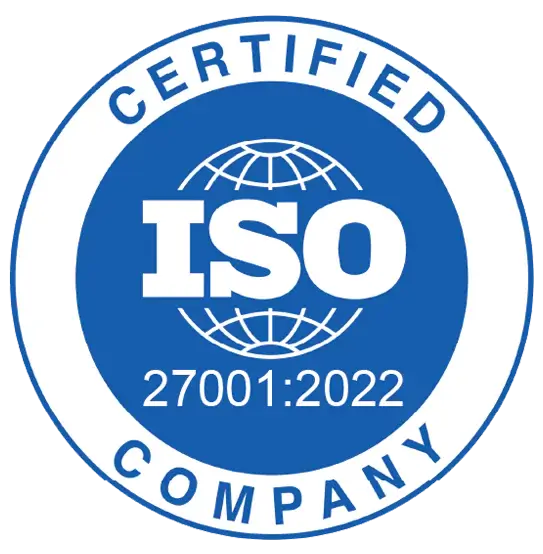
The Oncology Radiopharmaceuticals market refers to a segment of the pharmaceutical industry that specializes in the development and production of drugs used in the diagnosis and treatment of cancer. These radiopharmaceuticals are radioactive substances that are administered to patients either orally or intravenously, allowing for targeted delivery of radiation to cancerous cells. The market dynamics driving the growth of the Oncology Radiopharmaceuticals market include the increasing incidence of cancer worldwide, advancements in imaging techniques that require radiopharmaceuticals for accurate diagnosis, and the rising demand for personalized medicine. Additionally, the growing investment in research and development by key market players to develop innovative radiopharmaceuticals is expected to propel market growth. Moreover, favorable government initiatives and increased funding for cancer research and treatment will contribute to market expansion. On the other hand, challenges such as stringent regulatory guidelines and the high cost of radiopharmaceuticals may hinder market growth to some extent. Nevertheless, the Oncology Radiopharmaceuticals market is projected to grow significantly in the coming years, with an estimated market size of US$ 3,462.8 million in 2021 and a projected CAGR of 6.0% between 2023 and 2030.
Prominent Companies in the Oncology Radiopharmaceuticals Industry:
1) Siemens Healthcare GmbH:
Siemens Healthcare GmbH was founded in 2001 and has its headquarters in Erlangen, Germany. With over 50,000 employees, the company is a leading global provider of innovative diagnostic imaging and laboratory diagnostic equipment. Siemens Healthcare operates in more than 70 countries worldwide and has a strong presence in the oncology radiopharmaceuticals market.
One major key insight of Siemens Healthcare in the oncology radiopharmaceuticals market is its commitment to research and development. The company invests heavily in developing advanced imaging technologies and solutions that enable accurate diagnosis and personalized treatment for cancer patients. This focus on innovation has helped Siemens Healthcare maintain a competitive edge in the market.
SWOT Analysis:
Strengths: Siemens Healthcare has a strong reputation for producing high-quality and reliable imaging equipment. The company's extensive global presence allows for a wide distribution network and access to diverse customer bases. Siemens Healthcare also benefits from its robust research and development capabilities.
Weaknesses: One weakness of Siemens Healthcare is its relatively high product pricing compared to some competitors. The company may also face challenges in effectively adapting to rapidly changing technological advancements.
Opportunities: The growing prevalence of cancer worldwide presents significant growth opportunities for Siemens Healthcare in the oncology radiopharmaceuticals market. The increasing focus on personalized medicine and targeted therapies also creates opportunities for the company to develop specialized imaging solutions.
Threats: Siemens Healthcare faces intense competition from other major players in the market, such as Novartis AG and GE Healthcare. Additionally, regulatory changes and healthcare reimbursement policies can pose challenges to the company's market growth.
2) Novartis AG:
Novartis AG, founded in 1996, has its headquarters in Basel, Switzerland. The company is a global healthcare company that focuses on the development and manufacturing of pharmaceutical products, including oncology radiopharmaceuticals. Novartis AG has over 100,000 employees and operates in more than 150 countries worldwide.
One major key insight of Novartis AG in the oncology radiopharmaceuticals market is its portfolio of innovative cancer therapies. The company has developed a wide range of targeted cancer treatments that leverage radiopharmaceuticals, allowing for more precise and effective patient care.
SWOT Analysis:
Strengths: Novartis AG has a strong global presence and an extensive portfolio of cancer therapies that utilize radiopharmaceuticals. The company's research and development capabilities are well-regarded, and it has a strong focus on innovation. Novartis AG also benefits from its comprehensive customer support and educational programs.
Weaknesses: One weakness of Novartis AG is its heavy reliance on a few key products for revenue generation. The company may face challenges in diversifying its product offerings and maintaining market share. Additionally, Novartis AG has faced scrutiny over pricing practices.
Opportunities: The increasing prevalence of cancer and the growing demand for targeted therapies provide significant growth opportunities for Novartis AG. The company's strong research and development pipeline allow for the exploration of new radiopharmaceutical-based treatments.
Threats: Novartis AG faces competition from other major pharmaceutical companies, as well as generics and biosimilars. Regulatory challenges and the evolving reimbursement landscape may also pose threats to the company's market growth.
3) Curium:
Curium, founded in 2017, is a global nuclear medicine company that specializes in the production and distribution of diagnostic and therapeutic radiopharmaceuticals. The company has its headquarters in Paris, France, and operates in over 50 countries worldwide. Curium is committed to providing innovative solutions for the diagnosis and treatment of cancer and other diseases.
One major key insight of Curium in the oncology radiopharmaceuticals market is its focus on personalized medicine. The company offers a range of radiopharmaceuticals that can be tailored to individual patients, allowing for more accurate and targeted treatment plans.
SWOT Analysis:
Strengths: Curium has a dedicated focus on nuclear medicine and radiopharmaceuticals, which allows the company to excel in its niche market. The company's broad product portfolio and extensive global distribution network provide a competitive advantage. Curium also benefits from its strong customer support and educational initiatives.
Weaknesses: One weakness of Curium is its relatively recent establishment, which may limit its brand recognition compared to more established competitors. Additionally, the company may face challenges in scaling up production to meet increasing demand.
Opportunities: The growing prevalence of cancer and the increasing adoption of personalized medicine present significant growth opportunities for Curium in the oncology radiopharmaceuticals market. The company's expertise in nuclear medicine positions it well to develop new and innovative solutions.
Threats: Curium faces competition from established players in the market, as well as potential regulatory challenges. The evolving reimbursement landscape and pricing pressures may also pose threats to the company's market growth.
4) GE Healthcare:
GE Healthcare, a subsidiary of General Electric, was founded in 1994 and has its headquarters in Chicago, United States. The company is a leading global provider of medical technologies, including diagnostic imaging solutions and healthcare IT systems. With over 50,000 employees, GE Healthcare operates in more than 100 countries worldwide.
One major key insight of GE Healthcare in the oncology radiopharmaceuticals market is its focus on precision medicine. The company develops and offers innovative imaging technologies that enable personalized treatment plans for cancer patients, resulting in improved outcomes.
SWOT Analysis:
Strengths: GE Healthcare has a well-established brand reputation and a strong global presence. The company's broad product portfolio spans various medical imaging modalities, offering a competitive advantage. GE Healthcare also benefits from its extensive research and development capabilities.
Weaknesses: One weakness of GE Healthcare is its relatively high product pricing compared to some competitors. The company may also face challenges in adapting quickly to rapidly changing technology and market trends.
Opportunities: The increasing prevalence of cancer and the growing demand for precision medicine create significant growth opportunities for GE Healthcare in the oncology radiopharmaceuticals market. The company's strong focus on innovation allows for the exploration of new imaging technologies.
Threats: GE Healthcare faces intense competition from other major players in the market, such as Siemens Healthcare and Novartis AG. Regulatory changes and healthcare reimbursement policies can also pose threats to the company's market growth.
5) Blue Earth Diagnostics: Blue Earth Diagnostics was founded in 2014 and is headquartered in Oxfordshire, UK. The company has around 100 employees. Blue Earth Diagnostics specializes in the development and commercialization of novel molecular imaging agents for cancer.
The company operates in multiple countries and is focused on providing innovative solutions for improved cancer diagnosis and treatment. Blue Earth Diagnostics aims to bring new diagnostic options to oncologists and patients to improve the accuracy and effectiveness of cancer detection and staging.
SWOT Analysis:
Strength: Blue Earth Diagnostics has a strong focus on research and development, which allows them to create innovative and effective molecular imaging agents for cancer diagnosis.
Weakness: As a relatively new player in the market, Blue Earth Diagnostics may face challenges in establishing brand recognition and gaining market share.
Opportunity: With the increasing prevalence of cancer, there is a growing demand for advanced imaging agents to improve cancer diagnosis and treatment.
Threats: Blue Earth Diagnostics faces competition from well-established players in the oncology radiopharmaceuticals market, which may limit their market penetration. Additionally, regulatory restrictions and reimbursement challenges could affect the adoption of their products.
6) Zionexa: Zionexa is a radiopharmaceutical company founded in 2017 and based in Boston, MA. They have around 50 employees. Zionexa focuses on the development and commercialization of targeted oncology diagnostics using precision-guided radiopharmaceuticals.
Zionexa operates in multiple countries and aims to provide oncologists with innovative tools to aid in personalized cancer care. Their radiopharmaceuticals target specific biomarkers to improve the accuracy of diagnosis and guide treatment decisions.
SWOT Analysis:
Strength: Zionexa's precision-guided radiopharmaceuticals offer a highly targeted approach to oncology diagnostics, which can potentially improve patient outcomes.
Weakness: Being a relatively new company, Zionexa may face challenges in terms of brand recognition and market penetration.
Opportunity: With the increasing focus on individualized cancer treatment, there is a growing demand for precision-guided diagnostics, creating opportunities for Zionexa to expand its market presence.
Threats: Zionexa faces competition from established players in the oncology radiopharmaceuticals market. Additionally, regulatory approvals and reimbursement policies could impact the adoption of their products.
7) Bayer AG: Bayer AG is a global pharmaceutical and life sciences company founded in 1863 and headquartered in Germany. The company has thousands of employees worldwide. Bayer AG operates across multiple segments, including pharmaceuticals, consumer health, and crop science.
In the field of oncology radiopharmaceuticals, Bayer AG focuses on developing targeted therapies for the treatment of various cancers. The company aims to improve patient outcomes by providing innovative and personalized treatment options.
SWOT Analysis:
Strength: Bayer AG benefits from its extensive experience and expertise in the pharmaceutical industry, which allows them to develop and commercialize advanced oncology radiopharmaceuticals.
Weakness: Bayer AG may face challenges in terms of pricing and reimbursement for their products in different countries, which could limit market access.
Opportunity: The increasing prevalence of cancer and the focus on personalized medicine present opportunities for Bayer AG to expand their portfolio of oncology radiopharmaceuticals.
Threats: Bayer AG faces competition from other pharmaceutical companies in the oncology radiopharmaceuticals market. Additionally, regulatory hurdles and stringent approval processes could affect the introduction of new products.
8) Jubilant Pharma Limited: Jubilant Pharma Limited is a global pharmaceutical company founded in 1978 and headquartered in India. The company has a diverse employee base of thousands across various locations.
Jubilant Pharma Limited operates in the oncology radiopharmaceuticals market by manufacturing and distributing a range of radiopharmaceutical products for cancer diagnosis and treatment. The company strives to provide affordable and accessible solutions for better patient care.
SWOT Analysis:
Strength: Jubilant Pharma Limited has a well-established presence in the pharmaceutical industry, which gives them a strong foundation for their oncology radiopharmaceuticals business.
Weakness: The company may face challenges in terms of market competition and pricing pressures, which could impact their market share.
Opportunity: The increasing focus on cancer diagnosis and treatment creates opportunities for Jubilant Pharma Limited to develop and introduce new oncology radiopharmaceutical products.
Threats: Jubilant Pharma Limited faces competition from other established players in the oncology radiopharmaceuticals market. Additionally, regulatory requirements and reimbursement policies could affect market access for their products.
9) Cardinal Health: Cardinal Health is a global, integrated healthcare services and products company founded in 1971 and headquartered in the United States. The company has a large employee base of tens of thousands worldwide.
In the field of oncology radiopharmaceuticals, Cardinal Health provides a range of services and products to support cancer diagnostics and treatment. They offer radiopharmaceutical manufacturing, distribution, and nuclear pharmacy services to healthcare providers.
SWOT Analysis:
Strength: Cardinal Health benefits from its extensive healthcare network and infrastructure, allowing them to provide comprehensive solutions for oncology radiopharmaceuticals.
Weakness: The company may face challenges in terms of maintaining competitive pricing and ensuring the consistent quality of their radiopharmaceutical products.
Opportunity: The growing demand for cancer diagnosis and treatment presents opportunities for Cardinal Health to expand their services and product offerings in the oncology radiopharmaceuticals market.
Threats: Cardinal Health faces competition from other companies providing similar services and products in the oncology radiopharmaceuticals market. Regulatory changes and reimbursement policies could also impact their business operations.



